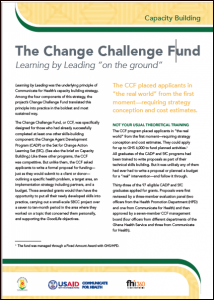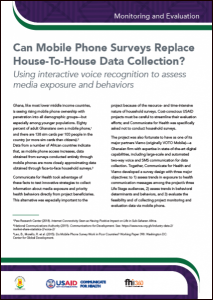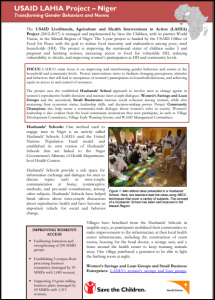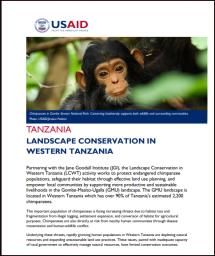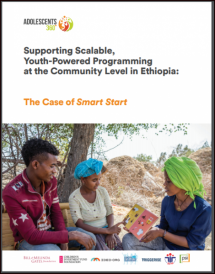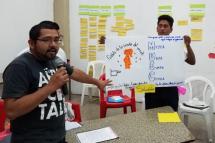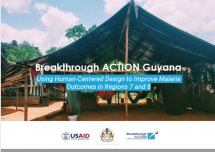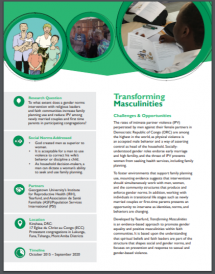The Change Challenge Fund: Learning by Leading
This activity was part of the Communicate for Health Ghana project, 2015-2019. Learning by Leading was the underlying principle of Communicate for Health’s capacity building strategy. Among the four components of this strategy, the project’s Change Challenge Fund translated this principle into practice in the boldest and most sustained way.
The Change Challenge Fund, or CCF, was specifically designed for those who had already successfully completed at least one other skills-building component: the Change Agent Development Program (CADP) or the Set for Change Action Learning Set (SfC).
Like these other programs, the CCF was competitive. But unlike them, the CCF asked applicants to write a formal proposal for funding— just as they would submit to a client or donor— outlining a specific health problem, a target area, an implementation strategy including partners, and a budget. Those awarded grants would then have the opportunity to put all their newly developed skills into practice, carrying out a small-scale SBCC project over a seven to ten-month period in the area where they worked on a topic that concerned them personally, and supporting the GoodLife objectives.
Source: Communicate for Health Ghana
Date of Publication: January 28, 2020
SIMILIAR RESOURCES
Tools
Examples
- Documenting the Costs of Social Behavior Change Interventions for Health in Low- and Middle-income Countries
- Understanding the Costs of SBC Social Media Interventions
- Strengthening the USAID Zika Response: Experiences from the Zika Social and Behavior Change Working Group
- Promoting Quality Malaria Medicines Through SBCC: An Implementation Kit
- Making the Business Case for Social and Behavior Change in Family Planning
- Strengthening Malaria Social and Behavior Change Communication through Research, Monitoring and Evaluation
- Malaria Case Management: Monitoring and Evaluation for SBCC
- Fostering a Community of Practice for Social and Behavior Change Costing
- PROGRES_SBCC Assessment Implementation Plan Template
- SBCC for Malaria in Pregnancy: Strategy Development Guidance
- Change Challenge Fund Management Policy and Procedures
- Success Story: Media Development and Capacity Building in Action
- Capacity Building Support Plan for the Health Promotion Department - Ghana Health Service
- Activity Brief: Communicate for Health Ghana
- Insights to Improve Social and Behavior Change Programming Through a Focus on the Attributes of Behaviors

